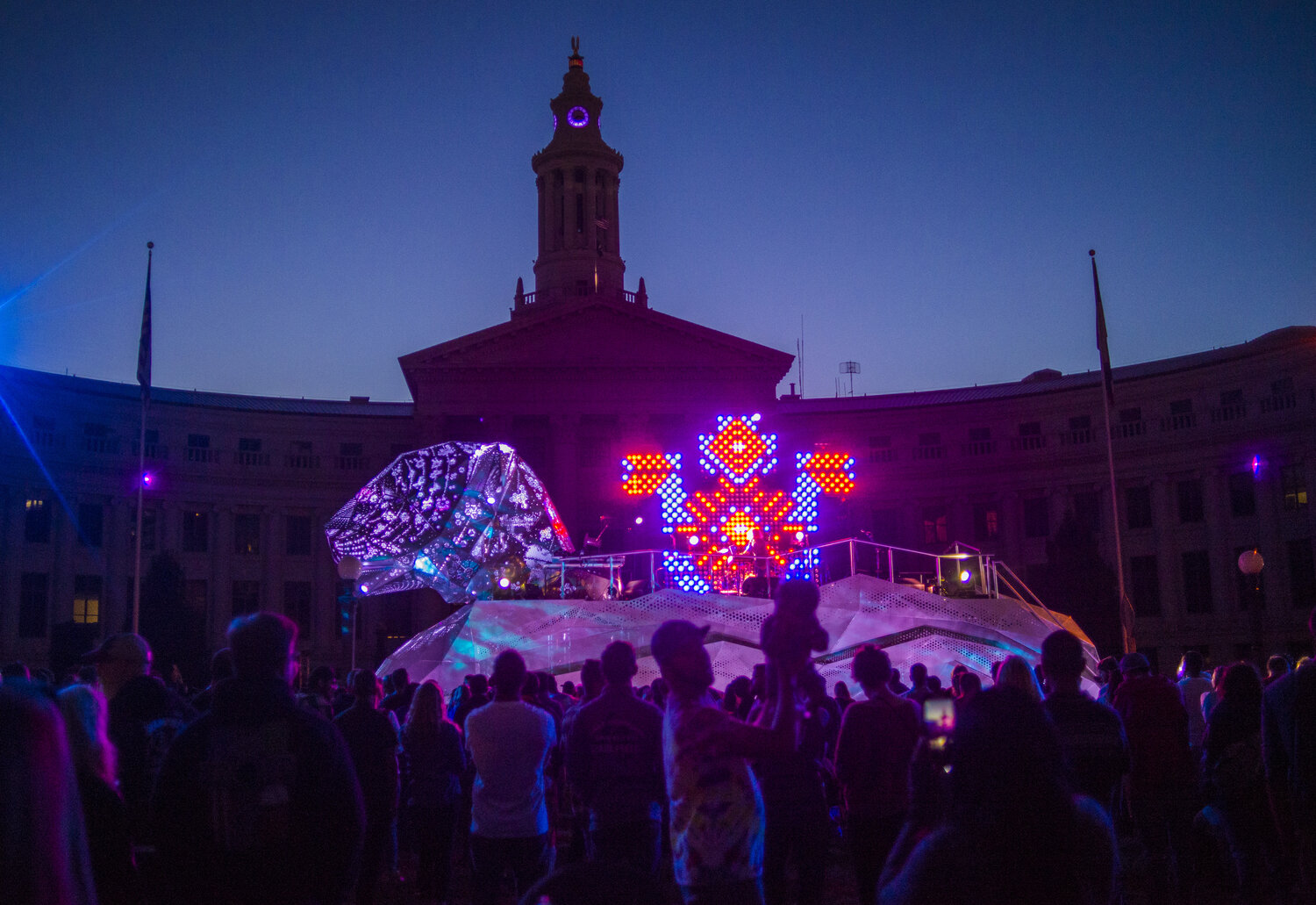By Karleen Gardner
“Empathy is a squishy word,” writes Michael Ventura in the book Applied Empathy. “Sometimes it’s confused with sympathy or misinterpreted as ‘being nice.’ That isn’t empathy. Empathy is about understanding. Empathy lets us see the world from other points of view and helps us form insights that can lead us to new and better ways of thinking, being, and doing.”

The Biennial of the Americas is a gathering of business, academic, cultural, and civic leaders from both North and South America to discuss solutions to shared issues. Photo: Evan Semón Photography
Ventura is the CEO and founder of Sub Rosa, a strategy and design firm, and he was one of the featured speakers at the 2019 Biennial of the Americas. I was also invited, representing Mia and our Center for Empathy and the Visual Arts. With the goal of unifying North and South America, this international festival, held in Denver, convenes and connects leaders from the business, academic, civic, and cultural sectors. The theme for 2019, “Empathy in Action,” showcased the people and ideas across the Americas that are moving beyond divisions to build solutions to the most important issues we face together.
Through dynamic conversations, the program explored the transformative power of empathy in creating positive change across the Americas. Topics included: marketing, education, artificial intelligence, sustainable fashion, transportation, immigration, climate change, diversity and inclusion, and the arts. The performing and visual arts played a vital role and were infused throughout the multi-day festival.
I participated in a panel discussion with artists from Argentina, Cuba, and Colombia, who talked about the role that empathy plays in their creative process and the impact their artwork has on viewers or participants. I shared the work we are doing at Mia in building an empathetic museum from the inside out, including embedding empathic practices in our internal culture, into our processes for content generation and delivery, and how we are intentionally developing a multi-disciplinary global community of practice.
Some of my key takeaways from other panel discussions:
- Empathy must start with yourself—having empathy for ourselves and knowing our own biases and blind spots is crucial for increasing our empathy skills.
- Empathy is a tool for problem-solving and business transformation. Educating staff/employees in the act of perspective-taking is essential, yet also challenging because of our innate biases.
- Inquiry is key as we must ask questions and engage in dialogue to truly understand the viewpoints of others.
- Diversity in role models is crucial for empathy-building for young people. Youth need to see themselves reflected in those who teach them.
- Teaching empathy must be experiential. It is only though experiences that we can connect emotionally and with the experiences of others.
- Empathy and compassion will save our planet. We must raise a new generation who can collaborate and work together (not individually) to find solutions to global challenges.
As Michael Ventura stated, “Empathy is the special sauce that can connect us and help us develop greater understanding in our increasingly diverse and workplaces and world.”
[Above Photo: Evan Semón Photography]


